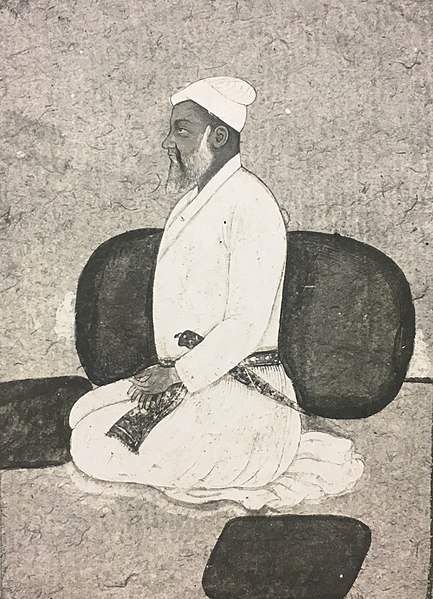Explore SANTMAL by Bhai Sobha Ram, a 19th-century Punjabi verse account with detailed biographies of Sevapanthi saints, unique historical insights, and more.
Explore 'Guru Kian Sakhian,' an 18th-century manuscript uncovering stories of Sikh Gurus, from Guru Hargobind to Guru Gobind Singh, with historical insights.
Discover an unpublished Persian manuscript narrating Punjab's history from 1839-1843 post-Maharaja Ranjit Singh. Explore the political turmoil and power struggles.
ADI SAKHIAN (adi = first; sakhian, plural of sakhi = anecdotes, stories, discourses, parables) is one of the early compilations but not the first of the extant janam sakhi traditions to evolve. The manuscript, dated 1758 Bk/ AD 1701, and copied by Shambhu Nath Brahman was first located by Dr Mohan Singh Diwana. While teaching at Panjab University, Lahore, prior to the partition of India in 1947, Mohan Singh Diwana discovered in the University`s library a janam sakhi manuscript which differed from other extant Janam sakhis and bore an earlier date. Dr Diwana believed it to be a version of the earliest of all janam sakhi traditions and bestowed on it the name Adi Sakhian.
Discover the legacy of Sardar Fateh Singh Ahluwalia (1784-1836) in an authentic manuscript detailing politics, diplomacy, and warfare of 19th-century India.
AHWAL-I-DINA BEG KHAN , Persian manuscript of unknown authorship, gives biographical details about Adina Beg Khan, faujdar of Jalandhar. The manuscript forms part of the collection of Persian Manuscripts, Sir H.Elliot\'s Papers, Additional MS. 30780 (ff. 2152-92), Extracts relating to India, vol. VIII. 1 , preserved in British Library, London. Copies of the manuscript are also held by Panjab University Library, Lahore, Sikh Historical Research Department, Khalsa College, Amritsar, and Dr Ganda Singh Collection at Punjabi University, Patiala (25 pages in neat and clear handwriting).
Explore the journey to Raja Shivnabh's abode through the anonymous Punjabi prose themed on Sikh travels. Delve into historical Sikh manuscripts and lore.
Delve into the long panegyric Braj verse of SRI GURU DASAM PANCHASIKA by Sahib Singh Mrigind, a revered court-poet honored by Patiala and Nabha.
AHWAL-I-FIRQAH-I-SIKKHAN, variously titled as Twarikh-i-Sikkhan, Kitab-i-Tankhi-Sikkhan and Guzarish-i-Ahwal-i-Si\'kkhan, by Munshi Khushwaqt Rai, is a history in Persian of the Sikhs from their origin to AD 1811. Khushwaqt Rai was an official news writer of the East India Company accredited to the Sikh city of Amritsar. It was written at the request of Col (afterwards General Sir) David Ochterlony, British political agent at Ludhiana on the Anglo Sikh frontier. Opinion also exists that it was written at the suggestion of Charles Theophilus Metcalfe.




